"The Woman in Black": Everything Old Is Good Again
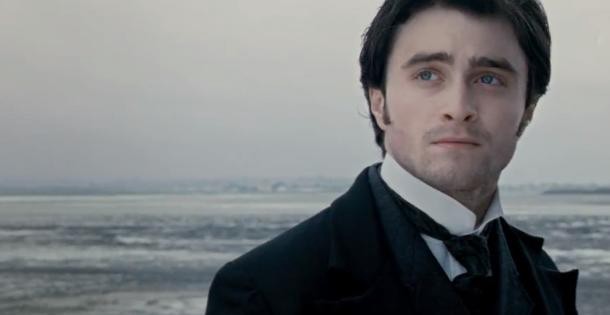
Horror movies are beset with misconceptions, the greatest being: “How can you watch those things!? They’re all fatuous violence and gratuitous boobs!” Which is kindof like saying, “How can you read those feminist blogs?! They’re all alluvial deposits of man-hating penis envy!”
The truth is that the horror canon, like any other film group, contains a vast spectrum of work ranging from smack-somebody awfulness to transcendence. The only thread holding it all together is that every horror film DEMANDS something of you — that you abandon the safe, bucolic cognition of your daily reality and confront the darker aspects of being alive. Some movies do this by plopping a likable protagonist in a haunted-to-the-gills mansion. Others do it through crotch-stabbing intestine-smearing celebrations of mayhem. The Woman in Black (opening today!) is of the former ilk, and it’s a reason in itself to drop the Judgment McJudgeypants routine and take your ass to see a horror movie.
Part of WiB’s greatness lies in its restorative role: It marks the real resurrection of Hammer Film productions. (Hammer also produced Let Me In.) If you’re not familiar with Hammer, here are two words to jog your memory: Vincent Price Christopher Lee.
From the 1950s to the mid-’60s, one film company dominated the horror market, churning out megahits like The Curse of Frankenstein and The Brides of Dracula. (Snicker you may, but these were the popularity equivalent of Iron Man II.) With nary a chainsaw in sight, Hammer films celebrated the broody glamour of Victorian abstruseness, packing every shot with heaving bosoms and British countrysides. They made household names of thespian giants like Christopher Lee (one of the great Draculas of all time), Peter Cushing (Victor Frankenstein, aka the best thing in Star Wars), and of course, His Royal Price (if you don’t know his work, there’s no hope for you. Just kidding — get thee to Wikipedia!). Hammer films were the antithesis of slashers — Hammer honed its focus to monstrous aristocrats who terrorized innocent farm lasses in the night. Grand orchestral scores accompanied kidnappings of virgins, townsfolk bearing pitchforks and the occasional burning at the stake. While the nukes proliferated around them, moviegoers were entranced with the mystery and casual brutality of the pre-industrial world.
Then came the hyperrealism of the ’70s, and things got all Last House on the Left. Horror abandoned its sense of wonder in favor of grisly torture scenes set to Moog synthesizers. Forget the mummies or doleful Dracula — we found the true monster, and it was us.
Cut to modern day, where Hammer has staged a grand return just as our taste for realism is reaching its saturation point. (Right? I mean come on, you can watch every sick and twisted vagary of humanity on your smartphone while eating a bagel, so do we really need more movies full of hapless teens injected with hydrofluoric acid?) And what better cultural trademark to usher in the new era than Harry Potter himself? Daniel Radcliffe was made for oldfangled ghost movies — his expression of clenched stoicism must be a near-reflex after 10 years of Voldemort’s BS.
With Radcliffe at the fore, Hammer reclaims its place in pop culture with no explanations, as if 40 years of fevered tech-transmutation hadn’t happened. Here we are, right back in the Victorian small town, where life is segmented by stone walls, hedge rows and gloppy English bogs ( Saw? What Saw?). The movie does this setting perfectly — every chamberwick and copper pot is perfectly placed and weighted. Even the wood panels lining a train car evoke an emotional response. Radcliffe’s character, a grieving solicitor struggling to support his son after the wife dies in childbirth (another fun Victorian fear) finds himself in precisely the sort of situation one would encounter before solar-powered GPS systems and turbo engines and Gchat: He must travel to a remote village to settle the estate of a now-deceased widow. Her house, natch, is a repository of undead angst located smack in the middle of a fog-infested moor. Kudos to the prop designer for assembling this gothic paradise, where even the sconces ooze creepiness. One plot point revolves around the single scariest collection of toys since Poltergeist — it’s a virtual madness menagerie (which presents the question, how was every nineteenth-century child not frightened into a coma by age 4?).
Radcliffe and his spectral companions usher us, the tech-saturated seen-it-all generation, back to this perfect era just before communication and transportation blew up and spoiled all the ghostly fun. WIB proves a valuable point: that modern moviegoers can be entertained by a man, his mutton chops, and a fantastically spooky house. The film contains no huge surprises, and there aren’t SUPPOSED to be any — you know when Radcliffe looks in the window and the director cuts to an external shot of his face that a ghost will pop out behind him. But it’s STILL SCARY ANYWAY. For the simple reason that we are human beings, and we possess a nervous system that responds in predictable ways to an established set of stimuli. If you prime us with 20 minutes of ominous music and creepy imagery and then slap a ghost in our faces, WE WILL BE SCARED, whether we like/admit/Tweet it or not. We can still participate in that delicious shared experience of humanity, iPhones be damned.
Granted, none of this would work quite so well if we weren’t already enraptured by all things Victorian. When our new cultural obsession is a PBS series in which liveried butlers iron the morning newspaper, you know we’re in nostalgia territory. Which, in my view, is a lovely thing. Perhaps we’re tiring of our information being delivered on an instantaneous basis. Perhaps we’re sensing there’s a wonder being lost in always having answers at our fingertips. Perhaps we can’t learn EVERYTHING THAT MATTERS from RSS feeds. Maybe we still want to MARVEL AT SOMETHING. Even if it is a beleaguered Harry Potter with mutton chops.
This film gets four bloody chainsaws (out of five) — or if you’d rather, four drippy candelabras. Vive le Victorian!
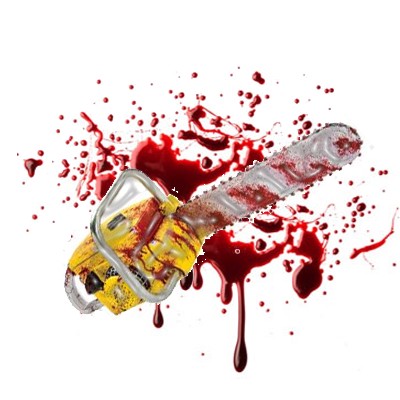
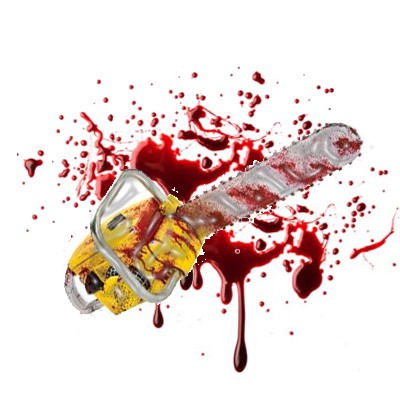
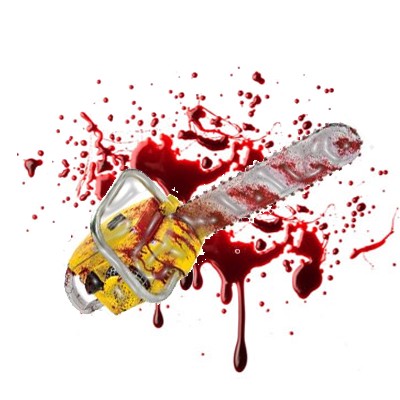
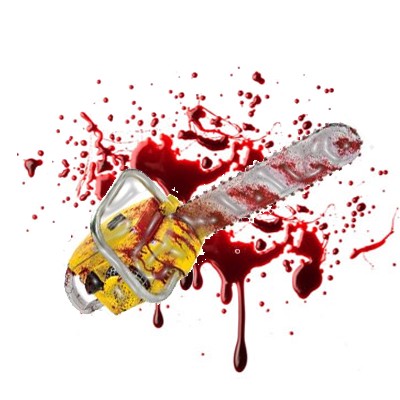
Melissa Lafsky is pleased to have been scared by your movie.
